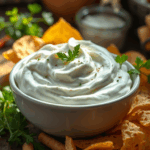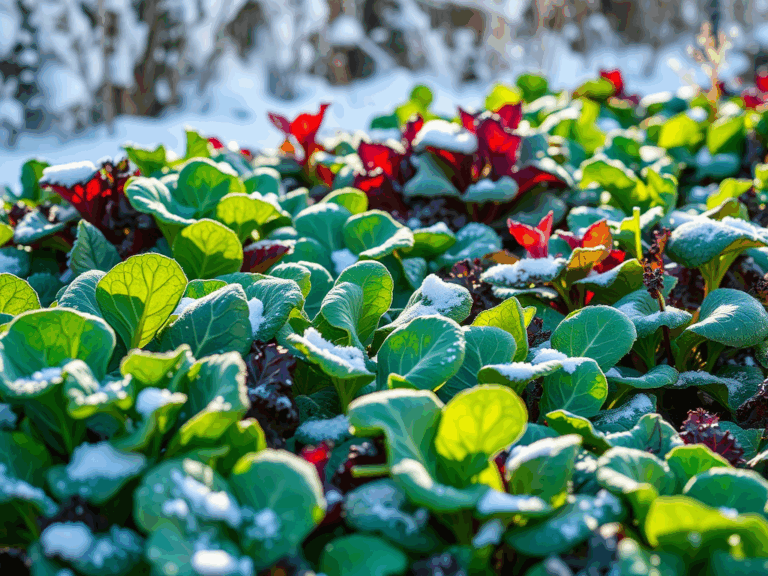How to Make Sour Cream: A Guide for the Creamy Lovers
Sour cream is a favorite and versatile ingredient used in countless recipes—from dips to cakes—to add tanginess and creaminess. Making sour cream at home might sound intimidating, but it’s easier than you think. With a few simple steps, anyone can do it. Let’s walk through the entire process, from choosing ingredients to solving common issues.
Understanding Sour Cream
Sour cream is a dairy product made through fermenting cream with lactic acid bacteria. This fermentation thickens the cream and gives it that signature tangy flavor. It’s a staple in many dishes, adding richness to dips and dressings while balancing flavors in baked potatoes, tacos, and more.
There are three primary methods to make sour cream at home:
- Natural Fermentation: Letting cream sit at room temperature.
- Starter Culture Method: Using specific lactic acid bacteria.
- Yogurt Method: Mixing plain yogurt into the cream.
Sour cream also offers probiotics that support gut health. However, it should be eaten in moderation by those sensitive to dairy. Whether used in dips, baked goods or as a topping, it’s a kitchen essential.
Choosing the Right Cream
Start by selecting a cream that’s fresh and has at least 30% fat. Avoid ultra-pasteurized cream, which ferments poorly. Look for options labeled “cultured” or “sour cream starter” to ensure the right bacteria are present.
Preparing the Cream
Before fermenting, let your cream reach room temperature. Take it out of the fridge an hour ahead. This helps activate the bacteria and kickstart fermentation.
Fermenting the Cream
Natural Fermentation
Pour the cream into a clean jar and cover it with a cloth. Let it sit at room temperature for 12 to 24 hours. During this time, the natural lactic acid bacteria do their job, and the cream thickens.
Starter Culture
Mix the starter culture into your cream and allow it to ferment at room temperature for 12 to 24 hours. You’ll find starter cultures at health food stores or online.
Yogurt Method
Add 1–2 tablespoons of plain yogurt per cup of cream. Mix well, cover with a cloth, and let it sit for 24 hours. The yogurt bacteria will ferment the cream.
Troubleshooting Common Issues
- Too thin? Ferment longer or use higher-fat cream.
- Bitter taste? Possibly over-fermented or contaminated. Discard and restart.
- Grainy texture? Mix better, or use a cream with higher fat content.
Using Sour Cream in Recipes
As a Topping
Spoon it over baked potatoes, soups, chili, or nachos.
In Dips
Great in spinach-artichoke, onion, or taco dips. Its flavor complements herbs and spices well.
In Dressings
Makes salad dressings like ranch and blue cheese rich and tangy.
In Baked Goods
Add it to muffins, cakes, and breads for moisture. It can be used as a substitute for buttermilk or yogurt in many recipes.
In Casseroles
Use it to make creamy, flavorful casseroles. Mix with cheese and herbs for added taste.
PrintHomemade Sour Cream
A simple, creamy, tangy homemade sour cream made with only two ingredients. Perfect as a topping, in dips, soups, or baking—free from preservatives and plastic packaging.
- Prep Time: 5 minutes
- Resting Time: 18-24 hours
- Cook Time: 0 minutes
- Total Time: 18 hours 5 minutes
- Yield: 8 servings 1x
- Category: Condiment
- Method: No Cook
- Cuisine: Universal
- Diet: Vegetarian
Ingredients
- 2 cups (480 mL) heavy cream or whipping cream (≥30% fat)
-
4 teaspoons fresh lemon juice (or apple cider/distilled white vinegar)
Instructions
-
Combine: Pour the cream into a clean glass jar. Add lemon juice and gently stir or screw on the lid and shake just until mixed.
-
Cover: Remove the lid. Secure a cloth piece over the jar opening with a rubber band to help it breathe and prevent debris from entering.
-
Rest: Let the jar sit at room temperature (ideally 70–75°F / 21–24°C) for 18 hours to 24 hours, or until the mixture has thickened. If your kitchen is cool, it can take longer—up to 24 hours.
-
Refrigerate: Once thick, stir it gently, cover with the original lid, and chill. It can be kept refrigerated for up to two weeks.
Notes
-
The mixture may start to thicken immediately after mixing—an acid‑fat reaction begins.
-
If your kitchen is cold, you can place the jar on a warm surface (like a low-wattage heating pad, Instant Pot “warm”, or seed-starting mat) to speed up fermentation.
-
For a tangier flavor, stir in an extra teaspoon of lemon juice after fermenting.
-
Works beautifully in dressings, soups, Mexican dishes, baked potatoes, dips, and more.
Storing Sour Cream
Store in an airtight container in the fridge. It stays fresh for up to two weeks. Do not freeze—thawed sour cream separates and becomes watery.
Final Thoughts
Making sour cream at home is easy, affordable, and a rewarding experience. Select the suitable cream, follow the fermentation steps, and store it correctly. With just a little effort, you’ll always have rich, tangy sour cream on hand—perfect for every recipe that calls for it.




